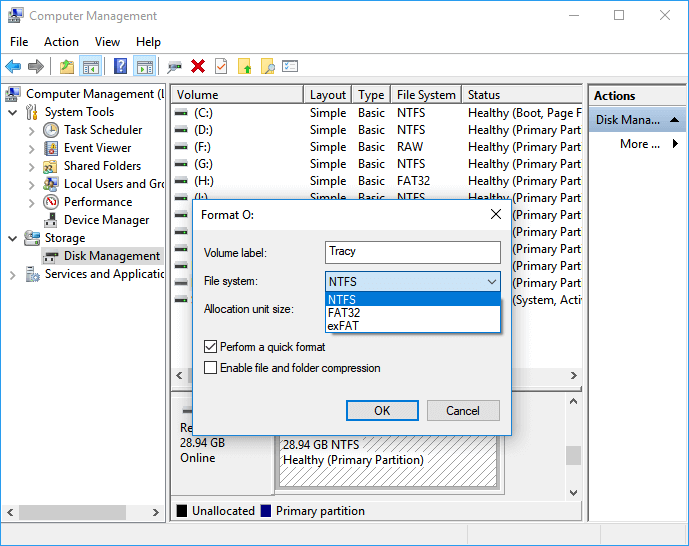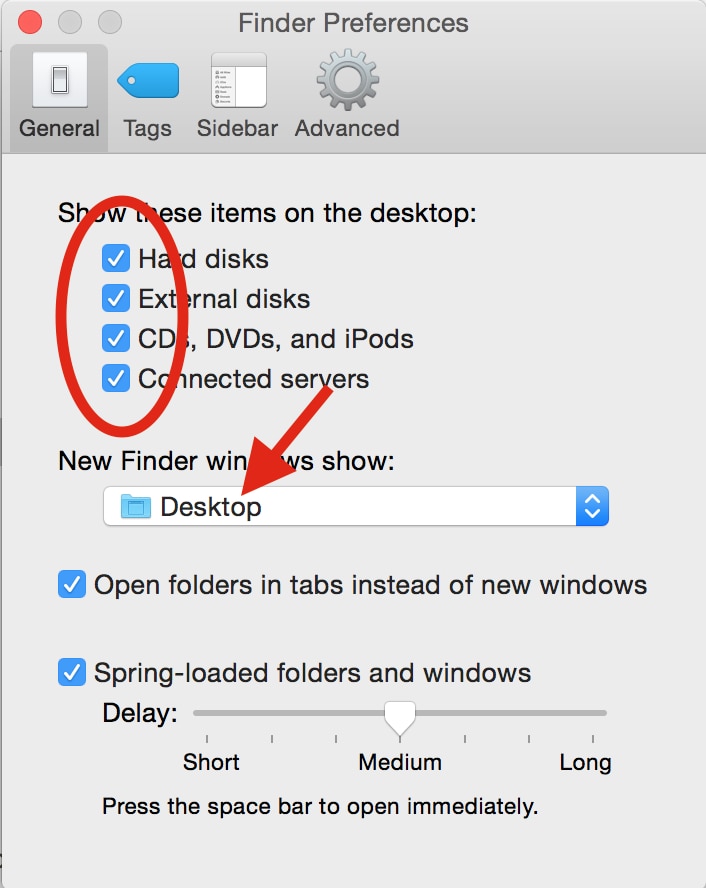
You can retrieve files from the location where you backed up files (take C: for example). Since the copying process is so slow, you may have other programs running at the same time. Click 'Select Task' or 'Select Image Files' and then click Next. Typically, this is because copying is a resource-intensive process.
COPY FILES TO MY PASSPORT WINDOWS
Sometimes Windows freezes up during the copying process when you try to copy a large number of files in Windows. Dealing with Windows Freezing During Copying MiniTool Partition Wizard will copy all data on your computer hard drive to the WD My Passport drive. Step 6: Read the note and click the Finish button. While the built-in compression tool in Windows works well enough for text files, it doesn’t always offer optimal compression for images and videos. Step 5: Choose a copy method and then click the OK button. It takes a few minutes to compress your files, leaving you with one large file which copies very quickly. This can work when moving many small files by archiving them with WinRAR or 7zip for better compression ratio.
COPY FILES TO MY PASSPORT WINDOWS 10
Your files will begin to transfer to your Windows 10 PC. On the file copy test, for example, performed immediately after completing the drive preparation.
-1TB/ATTO.png)
You can also choose a custom location by selecting Choose location. Which model WD My Passport Ultra drives are CMR or SMR. Select Home tab in the top left, select Copy to, and then select the folder you'd like the files copied to: Documents, Music, Pictures, or Videos. To copy only one file, select it by clicking on it once. All the files in this folder will now be highlighted. To select all the files in this location, select Home in the top left and then Select all. Locate the folder where your files are saved, and then double-click that folder's icon. Locate the external drive and double-click its corresponding icon. Transfer your files to your new PCĬonnect your external storage device to your new Windows 10 PC. Once you have moved your files onto your external storage device, you'll be able to transfer them onto your new Windows 10 PC.

To remove the device, select Eject before you disconnect the drive from your PC. Then you'll need to safely remove the drive to ensure no files are lost or corrupted. Verify your files are correct and remove the storage deviceĪfter you have copied or moved your files onto an external storage device, you can verify they're in the right location by browsing the external drive. Visit FedEx Office for document shredding, passport photos, copying and printing, laminating documents, printing booklets, faxing and scanning services. Make sure to also move files from locations like your Documents, Desktop, Downloads, Favorites, Music, Podcasts, Pictures, and Videos folders. You may need to repeat steps 3 – 5 if you have files stored in multiple locations. Saving to the cloud also lets you retrieve files while away from home. Figure C The default backup settings are perfect if all you want to do is back up your data. A cloud backup plan adds another level of protection when used in conjunction with your drive by keeping the latest copy of your files. Clicking the Edit Files button allows you choose Windows 10's Libraries or any folders under My Computer. Your files and folders will begin copying to your drive. A drive backup plan lets you save multiple versions of files so that you can restore the version you need. Once you have files and folders highlighted, make sure you're in the Home tab, then select Organize > Copy to, and select your external storage device name from the list of options. My Passport installed all three files Backup, Security and Utilities. To copy multiple files, hold CTRL as you select additional files or folders. It can use volume shadow copy to backup if the regular method (using API) fails.

Locate the files you wish to copy, or the folders where those files are stored.
COPY FILES TO MY PASSPORT PC
Back up files from your current PC to an external storage deviceĬonnect your external storage device to your current PC.


 0 kommentar(er)
0 kommentar(er)
